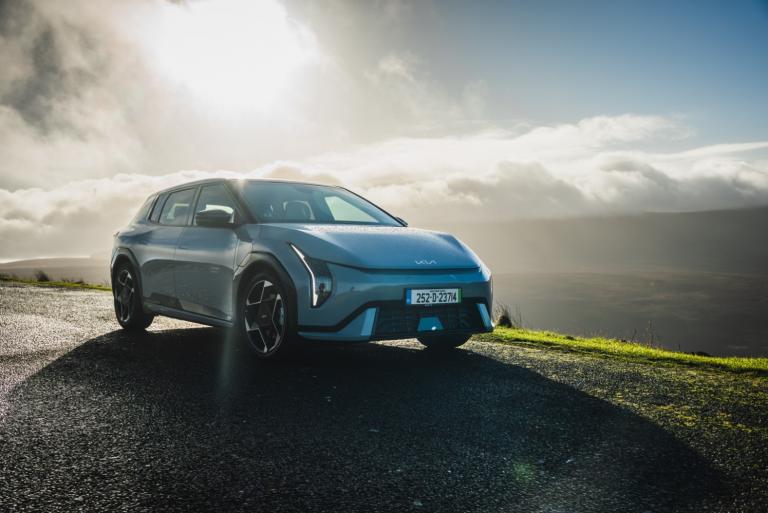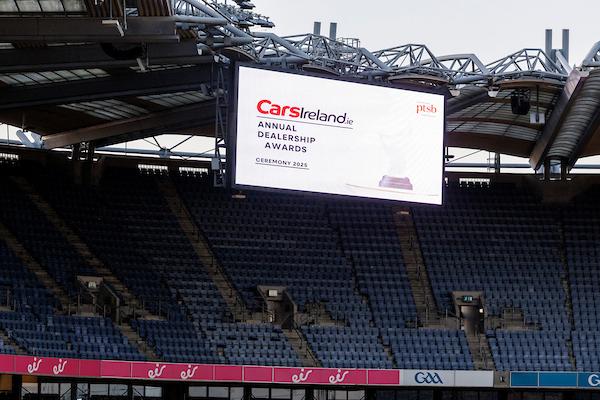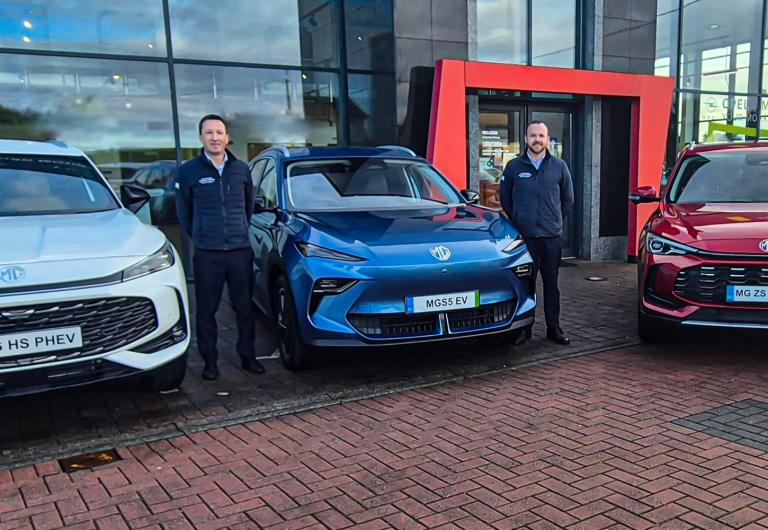Countryman: When Mini is only a name, not a measure
Published on 9 April, 2017
Overview
I don't know if you fell for the old 'feathers v lead' trick question when you were at primary school. I did (but then, I was not the brightest). The teacher's quirky query was: "Which is lighter: A pound of lead or a pound of feathers?"
I plumped immediately for the feathers (I can still picture them wafting aloft in the aunt's coup when we energetically disturbed the hens to collect eggs).
There would, of course, be a hell of a lot of feathers, but a pound of them would weigh exactly the same as a pound of anything else. My naïve response encapsulated an association that disregarded the equal measurement by weight and jumped to the conclusion that, no matter what, feathers are lighter than lead. Silly me.
I think there is a parallel sort of challenge for Mini with their latest Countryman crossover. We've always associated 'mini' with small - from skirts to cars - so I suppose there is almost a built-in resistance to viewing it otherwise.
But we have to change our outlook completely with the Countryman SUV/crossover.
The latest model seriously confronts the concept of 'mini'. It is huge by Mini standards; tidy by 'normal' SUV dimensions, perhaps, even if it claims to have more boot space than the Nissan Qashqai, which is now regarded as a rival for families on the lookout for a family crossover.
So the trick is to stop thinking of all Minis as 'small'. It is now a brand name, not a measure.
Parallel with the Countryman's dimensional expansion, there has been an increase in price which they justify on the grounds of 'new-bigger-better-equipped-car'. I accept that.
But the shock, for me, was the price of the motor I was testing: €53,000. For a Mini? Yes, it had all-wheel-drive, a peppy 2-litre petrol engine, and all sorts of spec and tech. But €53,000? That's stiff even for a 'premium' car designed to hold on to people/families who have outgrown their smaller Minis. Yet, on the face of it, and in the absence of price criteria, the extra space and stature work quite well. I'm just not nearly as sure about the drive itself.
The Countryman is tall, roomy and long - surprisingly so on all three fronts. Even with the front seat set to my driving requirements, I could sit in comfortably behind. I had plenty of knee, head and leg room.
The space is there because this is based on the same platform as the BMW 2-series and X1 crossover, making it the largest Mini to date (20cm longer, to 4.3m; 3cm wider and a 7.5cm wheelbase increase on the old Countryman).
But trying to transfer the essential Mini ingredients to a larger SUV is no easy task. My general driving in it was less impressive than the dimensional statistics suggested.
The steering (and large steering wheel) were heavy to the feel and touch. The seats (sport) also had that rigid, solid feel. I won't labour the point, but it was as if they doubled up on the rigidity we associated with the 'go-kart' sense of the smaller cars.
It didn't work for me, anyway. Maybe I transferred my 'lead v feathers' mindset to it, but I don't know if a family wants this stiffness of handling and ride, this rock-hard dimension to their drive.
Mini have done their market research, no doubt, so maybe it came up as an important element for many but it would not be my choice.
I was disappointed. Some of my passengers were, too. I'd happily settle for something less forgiving and 'warmer' (despite the big spread of equipment, the cabin isn't the most alluring and you don't feel cosseted).
I have to be fair too, however, and allow for the fact that this had all-wheel-drive and an energetic 2-litre petrol engine (both of which added to the price, of course).
The car might have felt a bit heavy-handed most of the time but when I got the chance to open up on the motorway or good, twisty, mountain roads, my goodness that 2-litre engine was a joy. And the chassis responded in kind. Oh! I could live with that, no bother.
The only thing is: what family will be that bothered with such sport-like driving performance? I reckon they'd opt for other engines (1.5-litre, 3cyl petrol Cooper and 2-litre diesels).
Catering for families means they claim five 'full-size' seats (the middle one at the back is miniscule). There are two ISOFix points back there and one on the front passenger seat.
Would I buy it ahead of mainstream rivals such as the Hyundai Tucson, Seat Ateca, Renault Kadjar, etc? I don't think so because of how I found it over the week - and the price.
Maybe, just maybe, I am still hung up on the fact that a Mini should mean something smaller and that SUVs belong in another strata altogether - one where pound-for-pound you get more feathers than lead. Even allowing for that, I'm still not convinced.
Facts & figures
Mini Cooper S ALL4 Countryman, 2-litre petrol (1,998cc, 190bhp, 6.6/100km, 150g/km, €390 road tax), 4WD.
Prices: from €33,580 on-the-road. Car on test from €41,686.95. With options/extras: €53,602.91.
Equipment/spec included: front sport seats, rear park distance control, cruise control/brake function, DAB, Mini Connected, satnav, runflats, roof rails, ISOFix. Chili Pack (€4,783.08) - 18ins alloys, heated front seats, auto air con, front fogs, adaptive LED headlights - bigger fuel tank, Sport auto transmission, electric/fold mirrors, black bonnet stripes, panoramic glass sunroof.
Latest Reviews

Kia EV4 Video Review

CarsIreland Dealership Awards 2025: Celebrating Excellence Across Ireland

Rochford Motors Joins MG Network as New West of Ireland Dealer